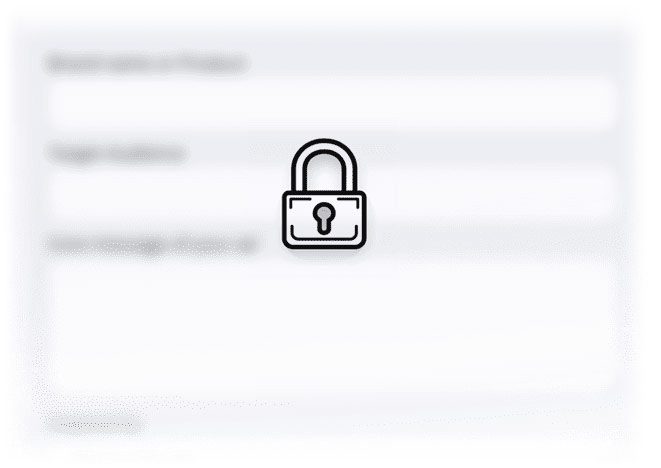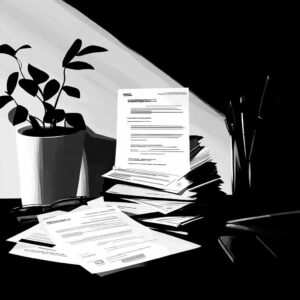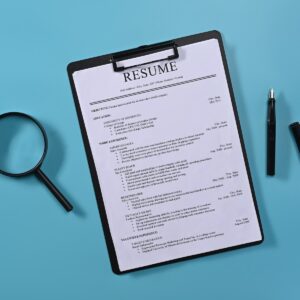Overview of the Resignation Letter Composer Tool
The Resignation Letter Composer is an AI-powered tool designed to assist you in writing a professional and respectful resignation letter. This guide will walk you through the use of this tool, including how to effectively fill out each section to create a tailored resignation letter that conveys your message with the appropriate tone.
Resigning from a position can be a significant step in your career, and handling it with professionalism is crucial. A well-crafted resignation letter not only communicates your intentions clearly but also helps maintain a positive relationship with your former employer. This guide provides a comprehensive overview of when to write a resignation letter, what to include, and the best practices for delivering it.
What to Include in a Resignation Letter
Your resignation letter should be concise, polite, and professional, containing the following key elements. Note: The Resignation Letter Composer tool can help by generating placeholders for any information not explicitly included in your input, ensuring all essential parts are covered.
- Header: Your contact information and the date at the top of the letter.
- Salutation: A professional greeting directed at your supervisor or the HR manager.
- Statement of Resignation: A clear statement of your intention to resign.
- Last Working Day: Your intended last day of work, adhering to the notice period outlined in your employment contract.
- Reason for Leaving (optional): A brief explanation of why you are leaving the position.
- Offer to Assist with the Transition: An offer to help during the transition period.
- Closing: A polite closing with your signature.
Proofread and Edit Your Resignation Letter
Using the Resignation Letter Composer simplifies the process of creating a resignation letter that is both professional and considerate. As with any AI writing tool, proofread the output thoroughly to make sure all of the information is accurate. It is also a good idea to edit your resignation letter so that you will communicate in your own unique voice. Once you have checked everything over and edited the letter to make it your own, you are ready to deliver the news.
Deliver Your Resignation Letter
Deliver your resignation letter after you have received a formal job offer elsewhere but before publicizing your departure to co-workers. Ideally, this should be at least two weeks before your intended last day, or more if your role is particularly critical or specialized.
A physical letter can be more personal and professional, but an email may be appropriate depending on company culture or if you work remotely. If emailing, attach the letter as a PDF to maintain formatting.
Your resignation letter should be addressed and delivered to both your direct supervisor and the Human Resources department. This ensures all relevant parties are informed of your departure and can take necessary actions from their sides.
Final Thoughts
By following the tips provided in this guide, you can take the first steps to ensure that your resignation letter accurately reflects your intentions and maintains the respect of your soon-to-be former employer. This thoughtful approach not only facilitates a smoother transition but also helps sustain valuable professional relationships for the future.









